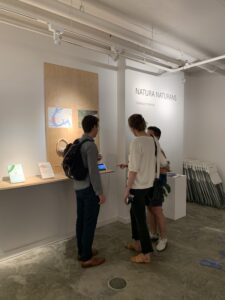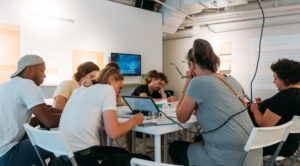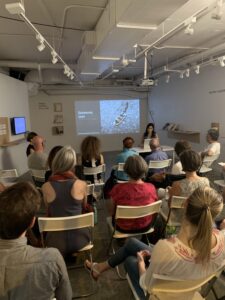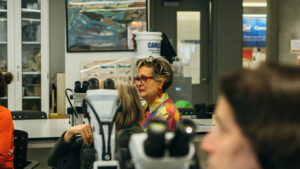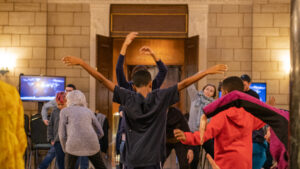Session 3: Human Sound Pollution / Silent Disappearance
Human noises affect wildlife. Scientific research has been conducted to show and to measure its impact on aquatic life (mammals, oysters, etc.). Acoustic transformations in nature tell us about the ecological impact of humans and climate change. What is acoustical trash? How do we measure its effects on the ecosystems? Quiet zones are places not disturbed by human noises, where we can listen to the non-human world. The United States National Radio Quiet Zone is an area in West Virginia where authorities limit all radio transmissions for scientific purposes. In the late 1960s, Bernie Krause started a bioacoustic catalog containing over 4,500 hours of wild soundscapes (aquatic and terrestrial). Half of the natural soundscapes are from habitats that either no longer exist, are radically altered because of human endeavor, or that have gone altogether silent. What is a silent place: a quiet place with no human noises or a soundscape losing its diversity?
Friday, October 11, 7:30 – 9pm
Soundscape: silent place and diversity
Silent Lecture with acoustic anthropologist Gordon Hempton
Saturday, October 12, 2 – 3:30pm
(Soma)tic Poetry Rituals
Workshop with Philadelphia-based poet CA Conrad




